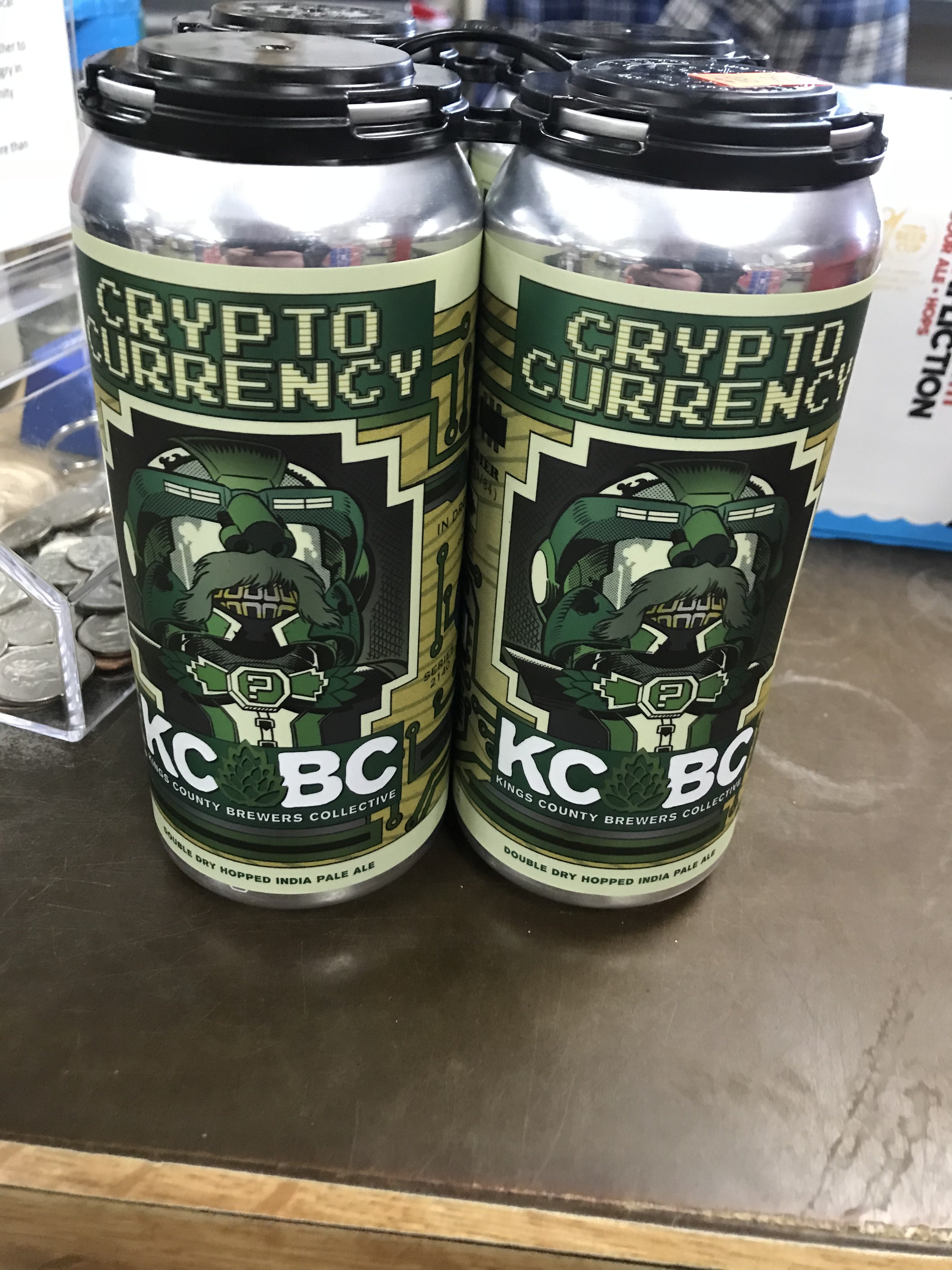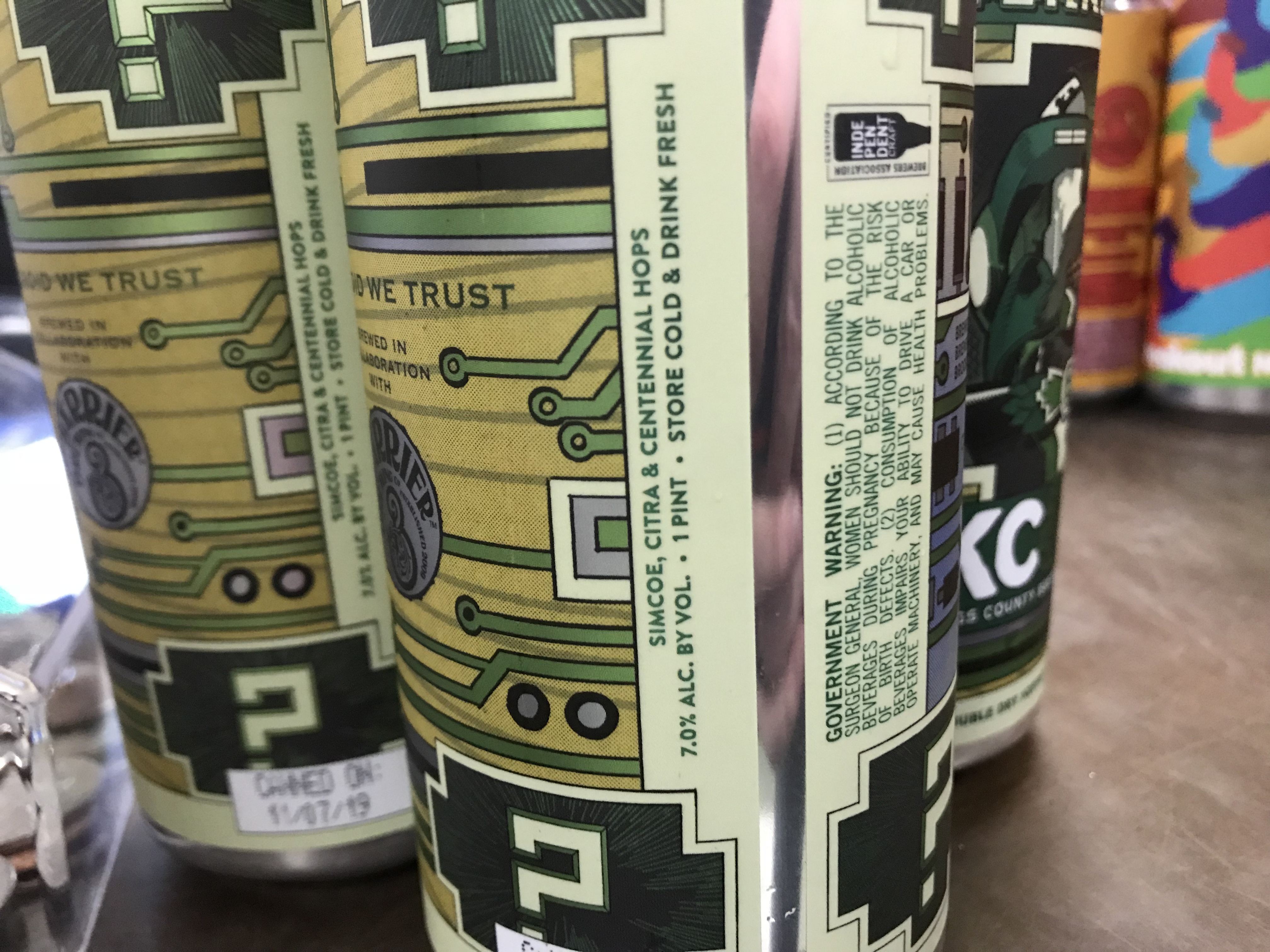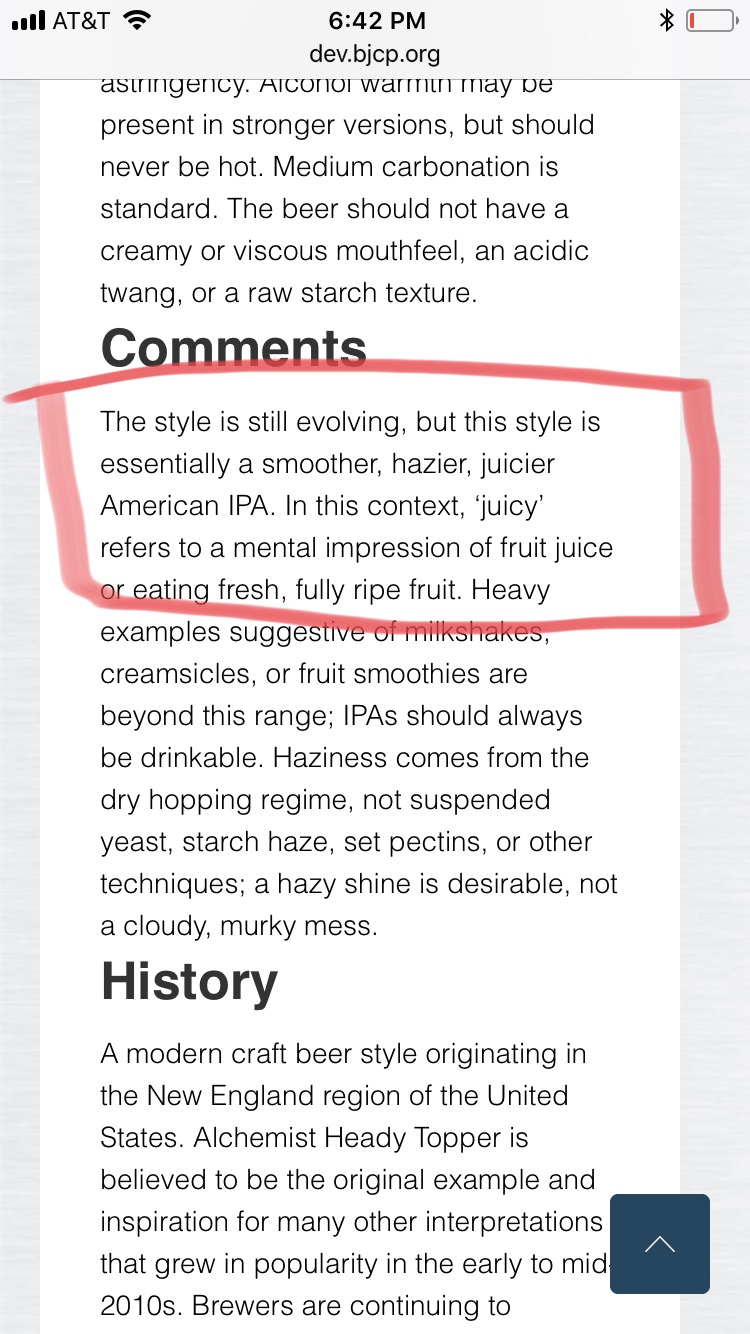Anyone here been brewing lighter versions of the NE style/hazys or hybrid ipas?
Lately I have been building my "hazys" with no adjuncts, higher mash temps, higher ibu and using neutral yeasts to showcase hops and make a more crushable version of the style.
My latest was all Pilsen malt with us-05, as simple as it gets. Used my typical NE water profile and did a somewhat basic whirlpool and dryhop dosage.
What resulted was a well ballanced hopiness that is much rounder and more refined as opposed to my typical juice bomb hazys. I will definitely be experimenting more with this type of recipe.
You can find the full recipe here;
https://www.brewersfriend.com/homebrew/recipe/view/906286/smooth-sailing-hazy-pale
View attachment 653791
































![Craft A Brew - Safale BE-256 Yeast - Fermentis - Belgian Ale Dry Yeast - For Belgian & Strong Ales - Ingredients for Home Brewing - Beer Making Supplies - [3 Pack]](https://m.media-amazon.com/images/I/51bcKEwQmWL._SL500_.jpg)






























